Climbers often find Mt. Yubra Himal, towering at 6,035 meters, to be a hidden gem in Nepal’s Langtang region, combining solitude with stunning panoramic views. Since gaining trekking peak status in 2002, it has attracted adventurers eager for a challenging ascent over an eleven-day itinerary designed for acclimatization and summit attempts. While the journey is well-supported with necessary inclusions, the importance of preparation can’t be overstated. As they gear up for this expedition, climbers might wonder about the specific challenges and rewards that await them on this remarkable peak.
Key Points
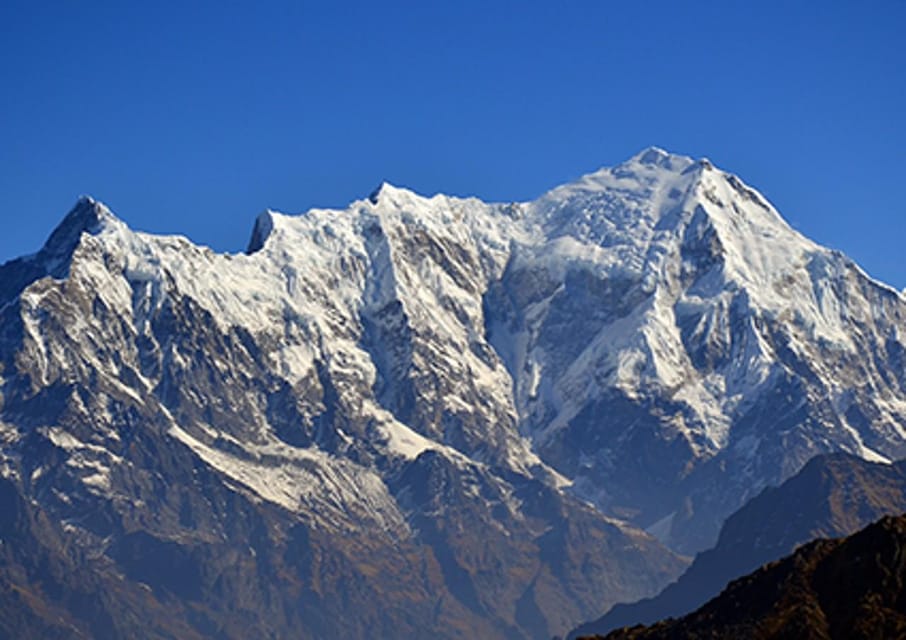
- Yubra Himal Peak, at 6,035 meters, is located in Nepal’s Langtang region, ideal for climbers seeking solitude away from crowded routes.
- The climbing itinerary spans eleven days, including acclimatization and a summit attempt on Day 8.
- Essential inclusions are airport transfers, accommodation, meals, and necessary climbing permits for a seamless experience.
- Best climbing seasons are Spring (March-May) and Autumn (September-November), offering stable weather and fewer crowds.
- Proper gear, including a high-quality sleeping bag and waterproof jacket, is crucial for a successful ascent.
It's also worth checking out some other tours and experiences nearby.
Overview of Yubra Himal
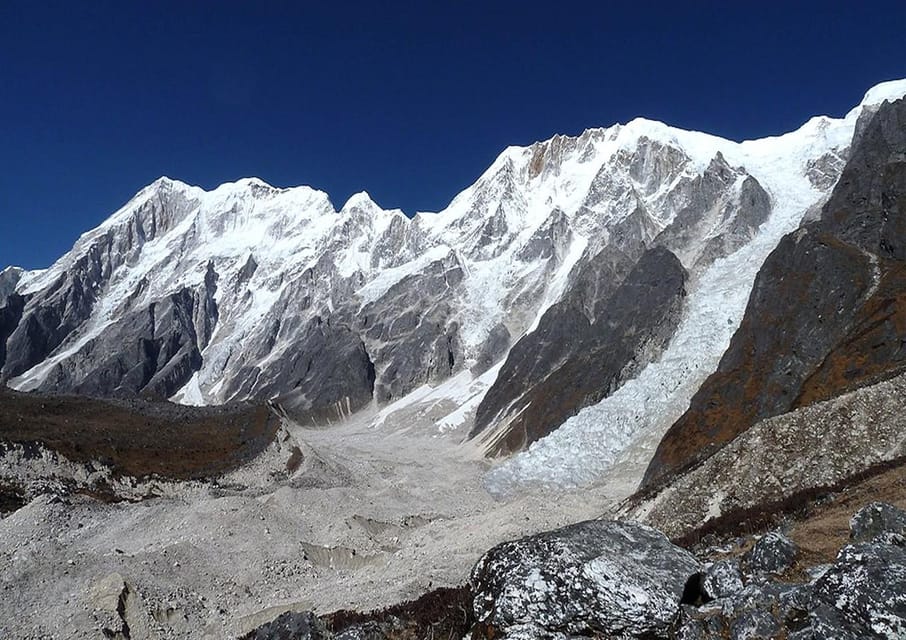
Rising majestically at 6,035 meters, Yubra Himal Peak is a captivating yet seldom-climbed gem in Nepal’s Langtang region, offering adventurers breathtaking views of the surrounding Himalayan giants.
This peak stands out as an alternative to the more crowded climbs in the area, making it perfect for those seeking solitude in nature.
Since climbing permits have been issued since 2002, Yubra Himal has gained recognition as a trekking peak under the Nepal Mountaineering Association (NMA).
Climbers can enjoy panoramic vistas that include Ganesh Himal, Langshisha Ri, and Dorje Lakpa, among others.
Its remote location and challenging ascent ensure a rewarding experience for those willing to explore this hidden treasure.
Yubra Himal Peak truly embodies the allure of Himalayan adventure.
Detailed Climbing Itinerary
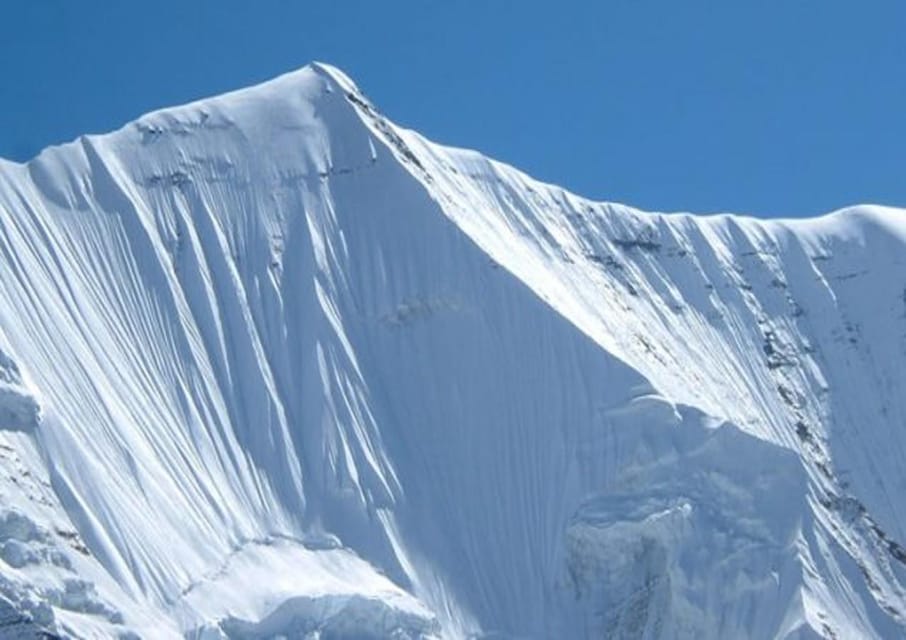
The detailed climbing itinerary for Yubra Himal Peak spans eleven days, guiding adventurers through breathtaking landscapes and ensuring a well-paced ascent to the summit.
The journey begins with a drive from Kathmandu to Syabru Beshi, followed by a trek that leads through stunning locales like Lama Hotel and Langtang Village.
Each day builds on the previous one, allowing climbers to acclimatize as they ascend to Kyanjin.
From there, the route continues to Base Camp, High Camp, and eventually Camp II.
The highlight comes on Day 8, when climbers reach the summit of Yubra Himal Peak.
After the exhilarating peak experience, the itinerary concludes with a descent back to Syabru Beshi and a return drive to Kathmandu, completing the adventure.
Essential Inclusions for Climbers

Climbers embarking on the Yubra Himal adventure will benefit from a comprehensive package of inclusions designed to enhance their experience and ensure a successful ascent. This well-rounded package provides essential support and comfort throughout the journey.
Key inclusions for climbers include:
-
Airport Transfers: Private vehicle transfers for a hassle-free experience.
-
Accommodation: Twin-sharing hotel stays in Kathmandu, complete with breakfast.
-
Meals: Three nutritious meals daily, prepared by an experienced cook.
-
Permits: Necessary permits, including Langtang National Park and Yubra Himal climbing permits, ensuring compliance with regulations.
With these essentials covered, climbers can focus on enjoying the breathtaking scenery and achieving their summit goals without unnecessary worries.
Important Exclusions to Consider
When planning for the Yubra Himal climb, it’s crucial to keep in mind several important exclusions that could impact the overall experience and budget.
Participants should note that lunch and dinner in Kathmandu aren’t included, so they’ll need to budget accordingly.
Personal equipment, such as sleeping bags and waterproof jackets, also falls outside the package, although these can be rented in Kathmandu.
Plus, travelers must account for equipment allowances for Sherpa guides and porters, typically around $170 per participant.
Travel and medical insurance, as well as emergency evacuation costs, are essential but not covered.
Lastly, personal expenses like laundry, phone calls, and tips will require separate budgeting to ensure a smooth adventure.
Booking Process and Options
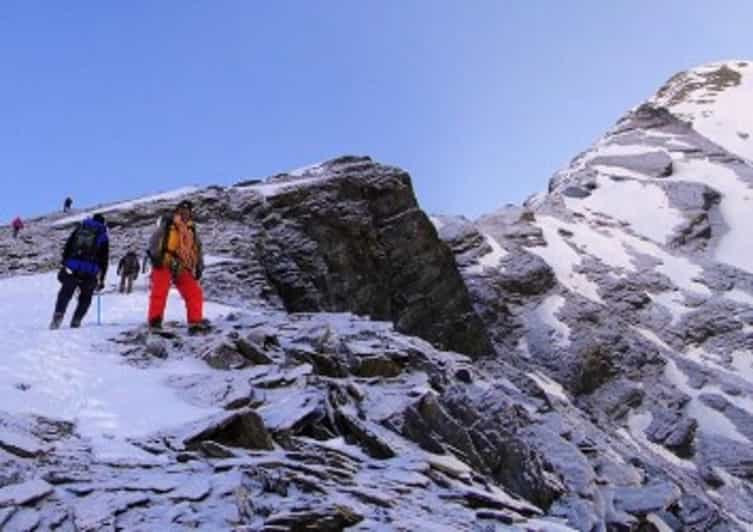
Understanding the booking process and available options is vital for anyone looking to embark on the Yubra Himal climb, especially considering the various exclusions that may affect overall planning and budgeting. To simplify the process, climbers should consider the following:
-
Price: Starting from £1,366.81 per person, it’s essential to budget accordingly.
-
Cancellation Policy: Enjoy free cancellation up to 24 hours in advance for a full refund.
-
Flexible Booking: Reserve now and pay later, offering convenience.
-
Inclusions and Exclusions: Familiarize yourself with what’s included and excluded in the package to avoid surprises.
Safety and Health Considerations
Ensuring safety and health during the ascent of Yubra Himal peak involves careful preparation, acclimatization, and awareness of altitude-related challenges. Climbers should begin their journey in good physical condition, as the trek demands stamina and resilience.
Gradual ascent allows the body to adjust to decreasing oxygen levels, minimizing the risk of Acute Mountain Sickness (AMS). Staying hydrated and consuming nutritious meals is crucial for maintaining energy levels. It’s also essential to recognize the symptoms of AMS, such as headaches and nausea, and descend immediately if they occur.
Plus, having proper gear—like insulated clothing and sturdy footwear—can prevent injuries. By taking these precautions, climbers can enjoy a safer and more fulfilling experience on Yubra Himal peak.
Best Time to Climb
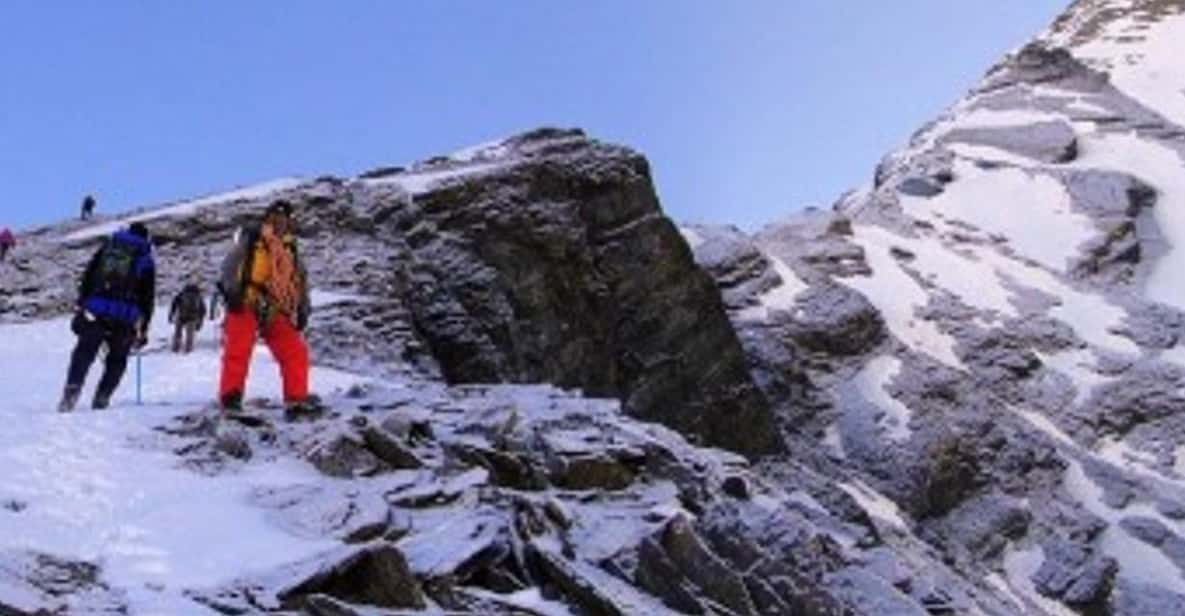
The best time to climb Yubra Himal peak is typically during the spring (March to May) and autumn (September to November) seasons, as these periods offer stable weather conditions and clearer skies for optimal views.
Climbers often find these months ideal for their expeditions, ensuring safety and enjoyment throughout the journey.
Here are four key reasons to consider these seasons:
-
Stable Weather: Reduced chances of rain and snow enhance climbing conditions.
-
Clear Visibility: Stunning panoramic views of the surrounding peaks are more likely.
-
Milder Temperatures: Climbers experience comfortable temperatures at lower elevations.
-
Fewer Crowds: Spring and autumn provide a more tranquil climbing experience compared to peak seasons.
Choosing the right time makes all the difference in a successful ascent.
Gear and Equipment Recommendations
When preparing for the climb to Yubra Himal peak, climbers should prioritize essential gear and equipment that enhance safety and comfort throughout the expedition.
First, a high-quality sleeping bag and down jacket are crucial for warmth at high altitudes. Waterproof jackets and sturdy trekking boots ensure protection from the elements.
Plus, climbers need a reliable backpack, crampons, and ice axes for the ascent. Don’t forget personal items like sunscreen, lip balm, and a first aid kit.
Renting equipment in Kathmandu can be convenient and cost-effective.
Finally, investing in trekking poles can provide extra stability on steep terrain.
With the right gear, climbers can focus on enjoying the breathtaking views and the thrill of reaching the summit.
Here's a few more nearby tours and experiences we think you'll like.
Frequently Asked Questions
What Physical Fitness Level Is Required for Climbing Yubra Himal Peak?
To climb challenging peaks like Yubra Himal, climbers need good physical fitness. They should maintain endurance through regular cardio, strength training, and acclimatization practices, ensuring they can handle altitude and demanding treks successfully.
Are There Any Altitude Sickness Symptoms to Watch For?
When trekking at high altitudes, one should watch for symptoms of altitude sickness, such as headaches, nausea, dizziness, and fatigue. Early recognition and descent are crucial for safety and overall well-being during the ascent.
Can Beginners Attempt the Yubra Himal Climb?
Beginners can attempt the climb, but they should prepare physically and mentally. With proper guidance, training, and acclimatization, they can enjoy the experience while safely navigating the challenges that come with high-altitude trekking.
What Wildlife Can Be Seen in the Langtang Region?
In the Langtang region, visitors often spot diverse wildlife, including red pandas, Himalayan tahr, and various bird species. This rich ecosystem delights nature enthusiasts, showcasing the area’s stunning natural beauty and unique biodiversity.
Is There Mobile Network Coverage During the Trek?
During the trek, mobile network coverage is limited. While some areas might have connectivity, most remote regions lack signal. Trekkers should prepare for potential communication gaps and consider alternative methods for staying in touch.
Not for you? Here's more of our most recent tour reviews happening neaby
- Nepal: Ganesh Himal Trek via Sing La Pass (4,045m)
- Katmandu: 14-Day Annapurna Circuit Trek via Thorang La Pass
- Everest Base Camp Helicopter Tour With Landing
- Everest Base Camp Trek: Foot of the Worlds Tallest Mountain
- Manaslu Trekking
- Everest Base Camp Helicopter Tour With Landing
- From Kathmandu: 14 Days Langtang & Gosainkunda Trek
- From Kathmandu : 16 Days Langtang Valley & Gosainkunda Trek
- From Kathmandu: 14 Days Langtang & Gosainkunda Trek
- Nepal: Tamang Heritage Trail Trek – 7 Days Trek
- Everest Base Camp Sharing Helicopter Tour
- Mohare Danda Trek With Children
- Trips for Seniors in Nepal
- Luxury Kathmandu, Chitwan and Pokhara Tour
- Langtang Valley Trek for Families
Recap
To sum it up, Mt. Yubra Himal presents an incredible opportunity for climbers seeking both adventure and solitude in the heart of the Himalayas.
With its well-structured itinerary, essential inclusions, and stunning views, it’s a destination that promises an unforgettable experience.
By preparing adequately and choosing the right gear, climbers can ensure a safe and rewarding ascent.
Whether you’re a seasoned mountaineer or a budding adventurer, Yubra Himal awaits with its breathtaking challenges and natural beauty.
